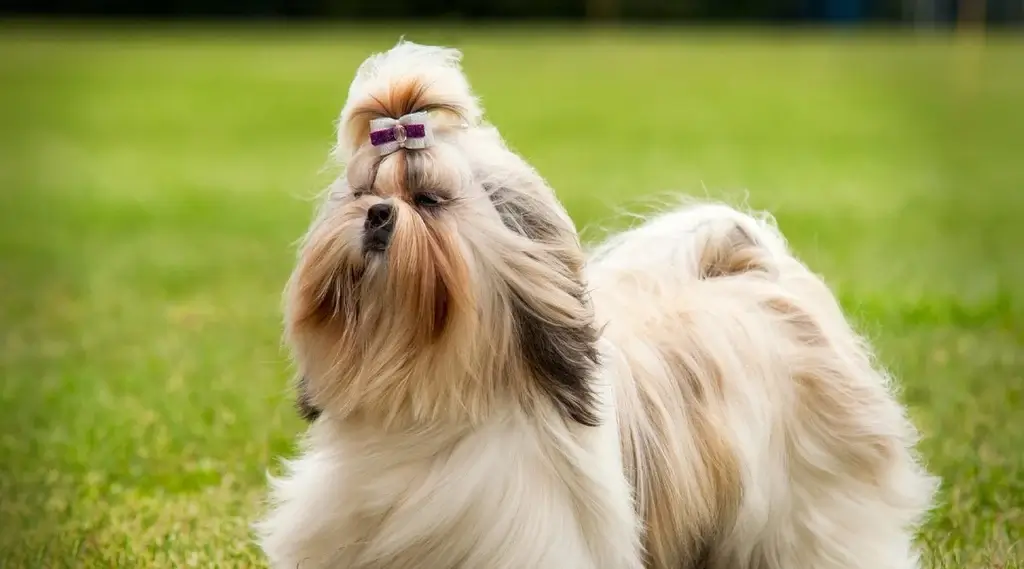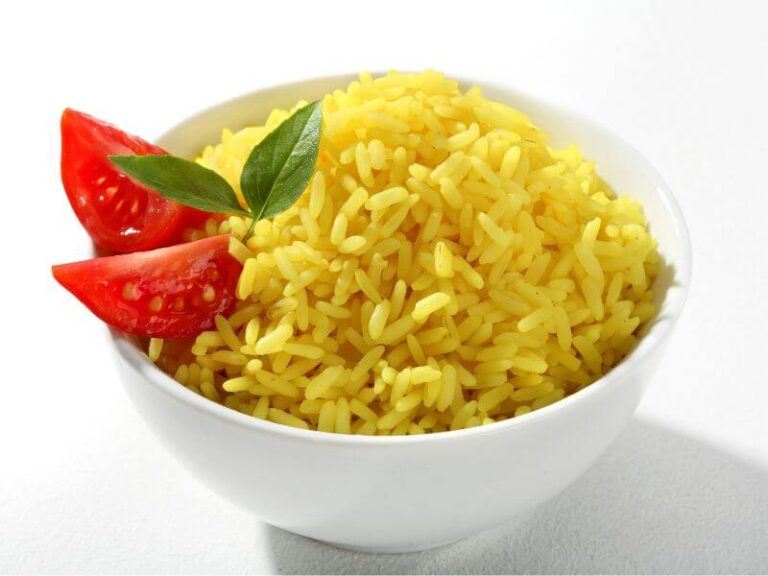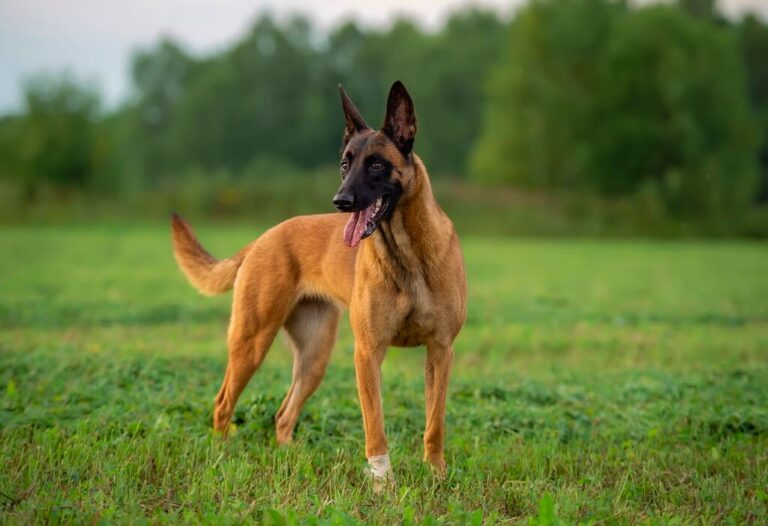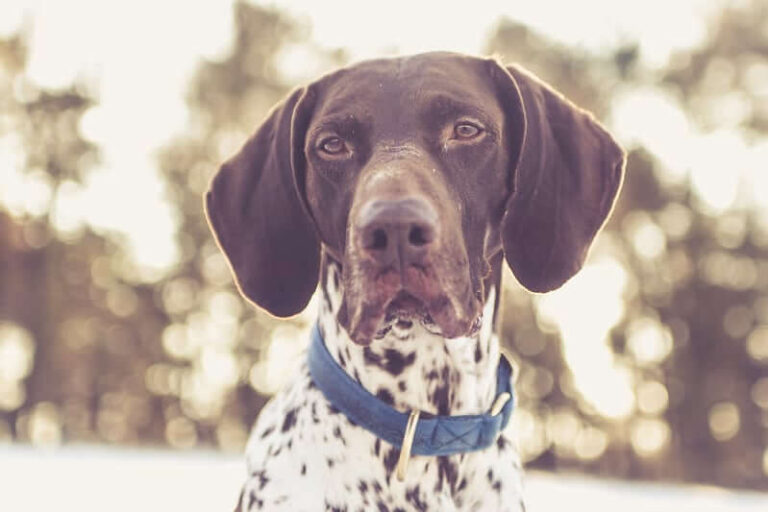Shih Tzu Dog Breed: Unveiling History, Traits
The Shih Tzu is a delightful toy dog breed that originated in ancient China, boasting a rich history and a distinctive appearance. Shih Tzus are a small yet robust breed known for their friendly demeanor and flowing double coat. “Shih Tzu” translates to “Lion Dog” in Mandarin, reflecting the breed’s regal presence and lion-like mane.
These dogs have a compact build, a pushed-in face with a distinctive underbite, and large, expressive eyes. Their long, flowing coat requires regular grooming to maintain beauty and prevent matting. Shih Tzus make excellent companions due to their affectionate nature and adaptability to various living environments. Understanding the unique characteristics of the Shih Tzu is crucial for providing proper care and ensuring a fulfilling relationship with this charming canine companion.
Contents
Quick Facts: shih tzu dog details
- Origin: Tibet, China.
- Size: Small; typically weighing 9 to 16 pounds (4 to 7 kilograms).
- Breed Group: Toy Group.
- Lifespan: 10 to 16 years.
- Coat: A long, flowing double coat that requires regular grooming to prevent matting.
- Temperament: Friendly, affectionate, and good with families and other pets.
- Exercise Needs: Moderate; daily walks and playtime are sufficient to keep them healthy.
- Training: Intelligent but can be stubborn. Consistent, positive reinforcement-based training works best.
8 Types of Shih Tzu and How to Identify Them?
About the Breed
Dive into the captivating realm of the Shih Tzu dog breed, a canine aristocrat with a rich tapestry of characteristics that define its essence. Rooted in ancient China, the Shih Tzu embodies a history steeped in regality and charm. This breed’s physical description is a symphony of distinctive features – a compact build, a pushed-in face with an endearing underbite, and large, expressive eyes. Its presence commands attention, instilling a sense of warmth and affection. As a “Lion Dog,” the Shih Tzu exudes an air of nobility, with a flowing double coat requiring meticulous grooming.
A quote that encapsulates this breed’s essence is, “Elegance in every step, loyalty in every glance.” This phrase captures the Shih Tzu’s poise and unwavering loyalty. Despite its refined appearance, the Shih Tzu is known for its friendly and adaptable nature, showcasing a delightful balance between regal demeanor and approachable charm.
Understanding the intricate dance between their playful and dignified traits reveals the Shih Tzu’s capacity for being an endearing companion. Whether navigating their unique behaviors or cherishing their positive characteristics, the Shih Tzu remains a devoted force in the world of canine companionship. As with any sentient being, responsible handling and breeding practices are paramount to ensure this remarkable breed’s continued well-being and preservation.
Related: Australian Shepherd Dog Breed
What To Expect When Caring For a Shih Tzu Dog
Embarking on the journey of caring for a Shih Tzu dog is a rewarding endeavor that demands dedication and awareness. This comprehensive guide is designed to illuminate various facets of Shih Tzu care. It offers valuable insights and practical advice tailored to individuals who have chosen to share their lives with these charming companions.
As we delve into the intricacies of Shih Tzu care, we must recognize the profound responsibility of ensuring their well-being and happiness. From maintaining their health and grooming needs to providing appropriate exercise, training, and nutrition, each aspect contributes significantly to these canine friends’ overall quality of life.
Related: Dachshund Dog Breed
Health:
Caring for a Shih Tzu involves vigilance in monitoring their health. Understanding common breed-specific health issues and scheduling regular veterinary check-ups are essential to ensure their longevity and well-being.
Grooming:
The Shih Tzu’s exquisite double coat requires meticulous grooming to prevent matting and maintain its lustrous appearance. Regular brushing, bathing, and attention to their eyes and ears are integral to a comprehensive grooming routine.
Exercise:
Despite their small size, Shih Tzus benefits from regular training to keep them physically fit and mentally stimulated. Tailoring activities to their size and energy levels is critical to fostering a healthy and happy lifestyle.
Training:
Shih Tzus is intelligent and responsive, making training a rewarding experience for the dog and the owner. Consistent and positive reinforcement-based training methods help mold their behavior and foster a strong bond.
Related: French Bulldog Dog Breed
Nutrition:
Proper nutrition is fundamental to a Shih Tzu’s overall well-being. Understanding their dietary needs, including portion control and choosing high-quality, breed-appropriate food, is crucial for their health and longevity.
As we navigate through each aspect of Shih Tzu care, it becomes evident that their companionship is a dynamic partnership, requiring commitment and active involvement. By embracing these responsibilities and gaining insights into their needs, individuals can cultivate a harmonious and fulfilling relationship with their Shih Tzu companions.
Dog History
The historical origins of the Shih Tzu dog reveal a captivating journey embedded in the cultural tapestry of ancient China. Tracing back to the Tang Dynasty, this breed holds a distinct place in Chinese history, where it was revered as a companion to royalty and nobility. Initially bred as a miniature representation of the lion, a revered symbol in Chinese Buddhism, the Shih Tzu earned its moniker “Lion Dog” and became a symbol of good fortune and protection.
Throughout the ages, the Shih Tzu played a significant role in Chinese society. During the Ming and Qing Dynasties, these dogs were cherished within the imperial court, pampered, and adorned with intricate accessories. However, as political landscapes shifted, the breed faced challenging times. With the fall of the Qing Dynasty, the Shih Tzu’s survival became uncertain, and efforts to preserve the breed were required.
In the early 20th century, the Shih Tzu faced a resurgence as it caught the attention of British and European travelers visiting China. The breed was introduced to the Western world during this period, eventually reaching various corners of the globe.
The breed standard for the Shih Tzu was officially recognized by kennel clubs in the mid-20th century, solidifying its place as a distinct and cherished dog breed. As it transitioned from being a symbol of Chinese royalty to a beloved companion worldwide, the Shih Tzu retained its regal charm and affectionate nature.
Today, the Shih Tzu stands as a testament to the interplay between history, culture, and the evolution of dog breeds. Its journey from ancient China to becoming a cherished household companion underscores the enduring appeal of this small yet majestic canine. Understanding the historical origins of the Shih Tzu adds depth to the appreciation of its unique characteristics, illustrating the profound impact of cultural influences on the development of this beloved breed.
FAQs
Q: What is the origin of the Shih Tzu breed?
A: The Shih Tzu originated in ancient China, specifically during the Tang Dynasty, and was initially produced as a miniature lion dog, symbolizing good fortune and protection. It gained popularity in the imperial courts during the Ming and Qing Dynasties.
Q: What are the distinctive physical characteristics of a Shih Tzu?
A: Shih Tzus are known for their compact build, pushed-in face with an underbite, large expressive eyes, and a flowing double coat that requires regular grooming. They exude an air of regality and charm, often described as a “Lion Dog.”
Q: How do I groom a Shih Tzu effectively?
A: Regular grooming is essential for Shih Tzus. Brush their coat daily to prevent matting, bathe them regularly, and pay attention to their eyes and ears. Professional grooming may also be necessary to maintain their distinctive appearance.
Q: Are Shih Tzus good with families and children?
A: Yes, Shih Tzus is generally good with families and children. They are known for their friendly and adaptable nature, making them suitable companions for various living environments.
Q: What health considerations should I be aware of with Shih Tzus?
A: Shih Tzus may be prone to specific health issues, such as respiratory problems due to their pushed-in face, dental issues, and eye conditions. Regular veterinary check-ups, a healthy diet, and proper dental care are essential for their well-being.
Q: How much exercise does Shih Tzus need?
A: Despite their small size, Shih Tzus benefits from regular exercise. Daily walks and playtime are usually sufficient to keep them physically fit and mentally stimulated. Tailor the activities to their energy levels.
Q: Are Shih Tzus easy to train?
A: Shih Tzus are intelligent and responsive, making them generally easy to prepare. Positive reinforcement techniques work well, and consistency is critical. Start training early to shape their behavior effectively.
Q: What is the lifespan of a Shih Tzu?
A: On average, Shih Tzus has a lifespan of 10 to 18 years. Proper care, a healthy diet, regular exercise, and routine veterinary check-ups contribute to their longevity.
Q: Do Shih Tzus have specific dietary requirements? A: Shih Tzus benefits from a balanced and high-quality diet. Please consult your veterinarian to determine the appropriate portion size and nutritional needs based on age, weight, and overall health.
Q: Is it essential to socialize with a Shih Tzu?
A: Yes, socialization is crucial for Shih Tzus. Expose them to various environments, people, and other animals from a young age to ensure they develop into well-rounded and adaptable companions.
- Golden Retriever Pros and Cons: What Every Pet Parent Should Know - 15 September 2025
- Cane Corso Dog Breed: Health, Care, and Lifespan - 14 September 2025
- Catahoula Leopard Dogs: Description, Temperament, Lifespan, & Facts - 21 July 2025







